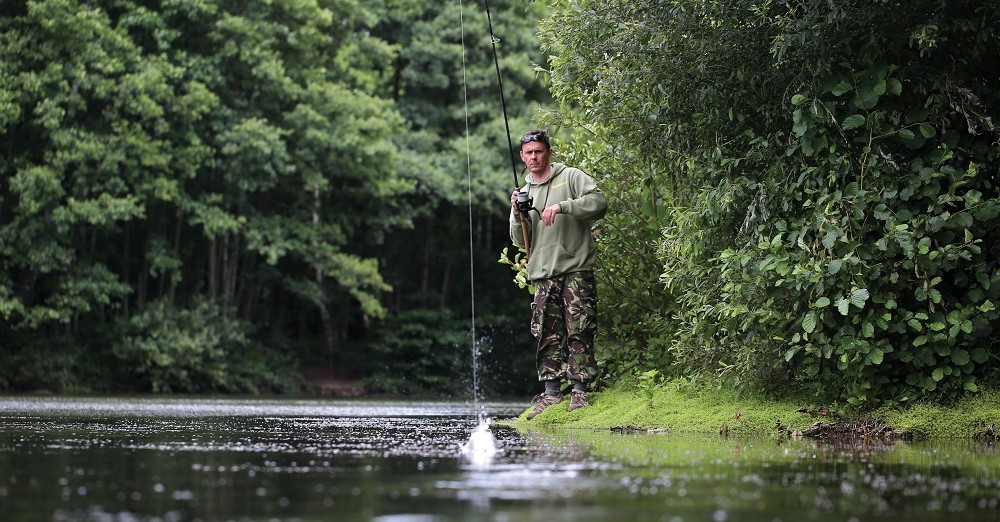
How Nigel Sharp hits the mark
Nige explains how he hit the marker perfectly each and every time
Friends will often comment on how accurately I can cast – whether that’s to overhanging trees, a marker float or to gaps in the weed, and they will often ask why I’m so good at it. I liken it to anyone who practises something over and over again – like a darts or snooker player. They can throw a dart and hit an exact number or pot a ball and then be perfectly lined up for the next shot – it’s the same with me casting – but that only comes with years of practise.
I’m very fortunate in that I get to fish more than the average angler does, and as a result I make more casts and because of this I also get to learn more about the other things which affect a cast, such as wind direction and how to use it to my advantage so I get the perfect line lay rather than a big belly in the line.
Sometimes you also need to get a bait in position with just one cast – for example when casting to a showing fish. A bit like taking a penalty I suppose: you have one shot to get it right and make it count. When casting to a showing fish which is at my maximum range, then I’ll try my utmost to go just beyond it to allow for the lead to drop. Obviously on closer-range stuff, providing there’s no lily pads or weedbeds, then I will actually cast well pasted where the fish showed and then reel it back across the surface to where the fish showed or is bubbling. I’ll then just lower the rig down and feel for the drop. Doing it this way just eliminates the splash in the area.
When it comes to casting at a marker or a mid-water mark, I ideally want to slow the lead right down so it hits the clip just before impact with the water; it’s hard to do but years of practise helps. Crosswinds make things difficult when you’re having to cast harder and the lead hits the clip more aggressively causing it to bounce back and then causing a bow in the line. If you can catch it just right, a few inches before it hits the surface, then that’s perfect, particularly if you feather it so it almost just ‘plops’ in. The rod is always at minimum of 45-degrees to the water and up to 90-degrees; you want to use the rod as a brake, using it to cushion the lead as it hits the clip. The wind conditions decide whether I have the rod at 45-degrees or 90-degrees.




